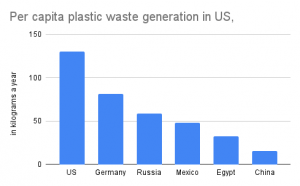Environmental racism taught us that climate change affect poorer countries in an unequal level than countries with resources; it turns out that climate change has varying effect on individuals of different gender. In the following graph down below, it shows that men are more vulnerable towards climate change and women are more resilient towards climate change. The only reason for it being that women are oftentimes the marginalised and oppressed individual in a country, and they are more adaptable to a changes given the challenges that they face inherently as females. although women led household only contribute to around 20 percent of the types of household (graph 2), they are the most resilient group out of all the groups presented in the graph 1. This challenges our expectation about climate change, we think that the most vulnerable individuals are those that occupy more vulnerable position in society, aka, women and those who live in poverty. But it turns out that those who are rich are less resilient towards changes. This leads to the conclusion that we must include women in the discussion for climate change because they understand what it means to live in a world of challenges as females. Together, we need to work to protect the vulnerable.
men

Source:
https://www.jstor.org/stable/resrep00657?seq=5





